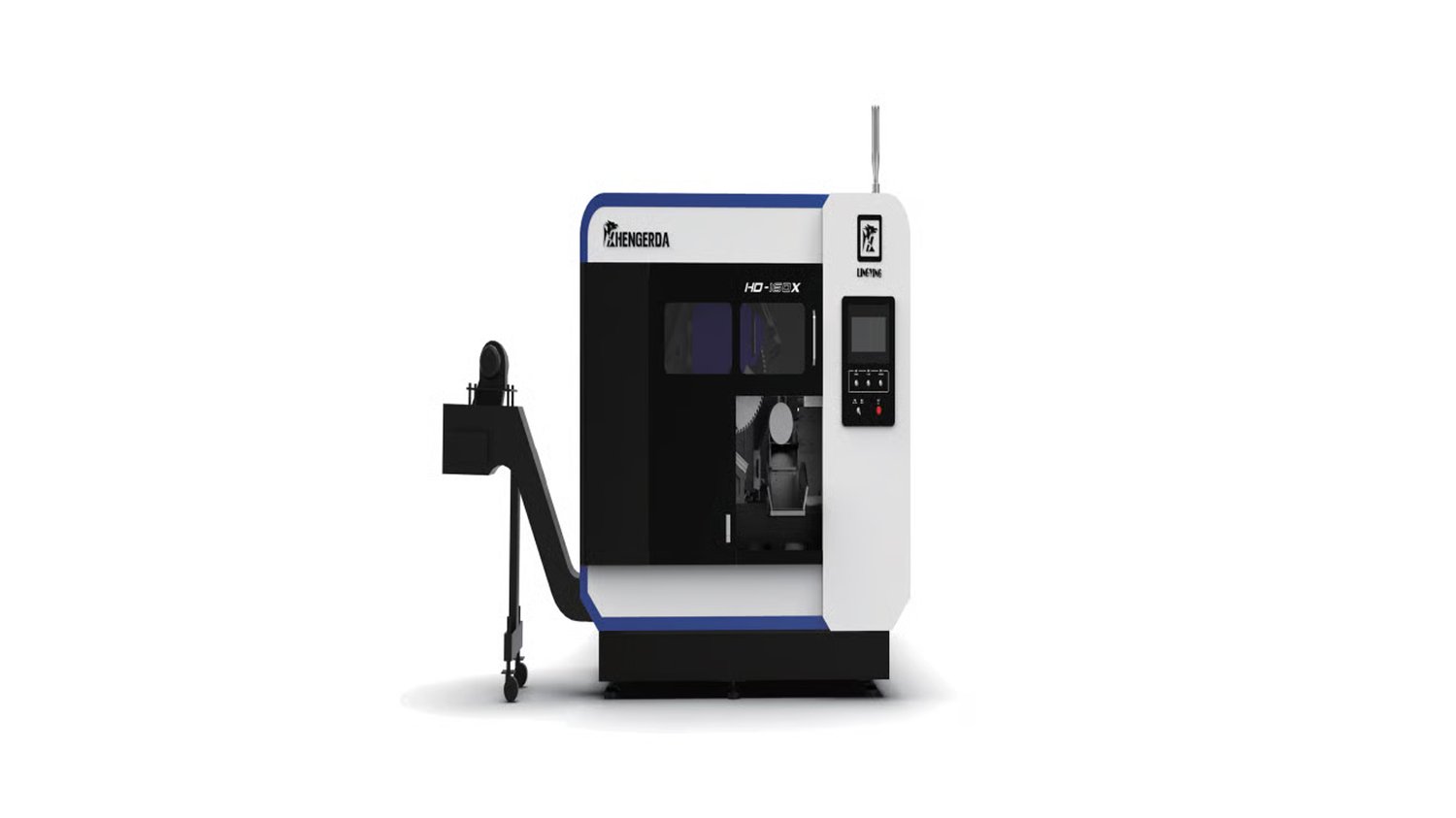The Basics of a linear rail saw
A linear rail saw is a versatile tool used in various industries for cutting materials in a straight line with precision. It consists of a track or rail that guides the saw along the desired cutting path. The saw blade is mounted on a carriage, which allows for smooth and accurate cuts.
Advantages of Using a Linear Rail Saw
One of the main advantages of using a linear rail saw is the ability to make straight cuts with ease. This tool is ideal for cutting large sheets of material, such as plywood or metal, as it ensures a clean and precise finish. Additionally, the rail system helps to reduce the risk of errors and material waste.
Applications of a Linear Rail Saw
Linear rail saws are commonly used in woodworking, metal fabrication, and construction industries. Woodworkers use them for cutting boards and panels, while metal fabricators rely on them for cutting metal sheets and pipes. In construction, these saws are used for cutting materials such as PVC pipes and aluminum profiles.
Choosing the Right Blade for Your Linear Rail Saw
It is essential to select the appropriate blade for your linear rail saw to achieve the best results. Different blades are designed for specific materials, such as wood, metal, or plastic. Be sure to consider the type of material you will be cutting and the desired finish when choosing a blade.
Tips for Proper Maintenance of a Linear Rail Saw
To ensure optimal performance and longevity of your linear rail saw, regular maintenance is essential. Keep the saw clean and free of debris, and regularly lubricate the rail and carriage to prevent friction. Check the blade for sharpness and replace it when necessary to maintain cutting precision.
Enhancing Safety When Using a Linear Rail Saw
Safety should always be a top priority when operating a linear rail saw. Wear appropriate safety gear, such as goggles and gloves, to protect yourself from debris and potential injuries. Follow the manufacturer's guidelines for proper usage and always disconnect the power source when performing maintenance.
Increasing Productivity with a Linear Rail Saw
By using a linear rail saw, you can significantly increase your productivity and efficiency in cutting tasks. The precise and consistent cuts made by this tool allow for faster completion of projects and a higher level of accuracy. This can result in time and cost savings for your business.
Understanding the Different Types of Linear Rail Saws
There are various types of linear rail saws available on the market, each designed for specific purposes. Some saws are portable and lightweight, ideal for on-site construction work, while others are stationary and more suitable for workshop settings. Consider your specific needs and workspace when choosing a saw.
Factors to Consider Before Investing in a Linear Rail Saw
Before purchasing a linear rail saw, consider factors such as the size of the materials you will be cutting, the frequency of use, and your budget. It is important to invest in a quality saw that meets your requirements and provides the features you need for your projects.
Conclusion
A linear rail saw is a valuable tool for professionals in various industries, offering precision, efficiency, and reliability in cutting tasks. By understanding the basics of this tool, choosing the right blade, and following proper maintenance and safety practices, you can make the most of your linear rail saw and achieve outstanding results in your projects.

